Discover
Strip District History
The Historic Strip District
Known for its retail food markets, thriving small businesses, lively nightlife, and growing residential population, Pittsburgh’s historic Strip District neighborhood epitomizes the vibrancy and cultural diversity of our region.
What’s In a Name
Early Industrial History
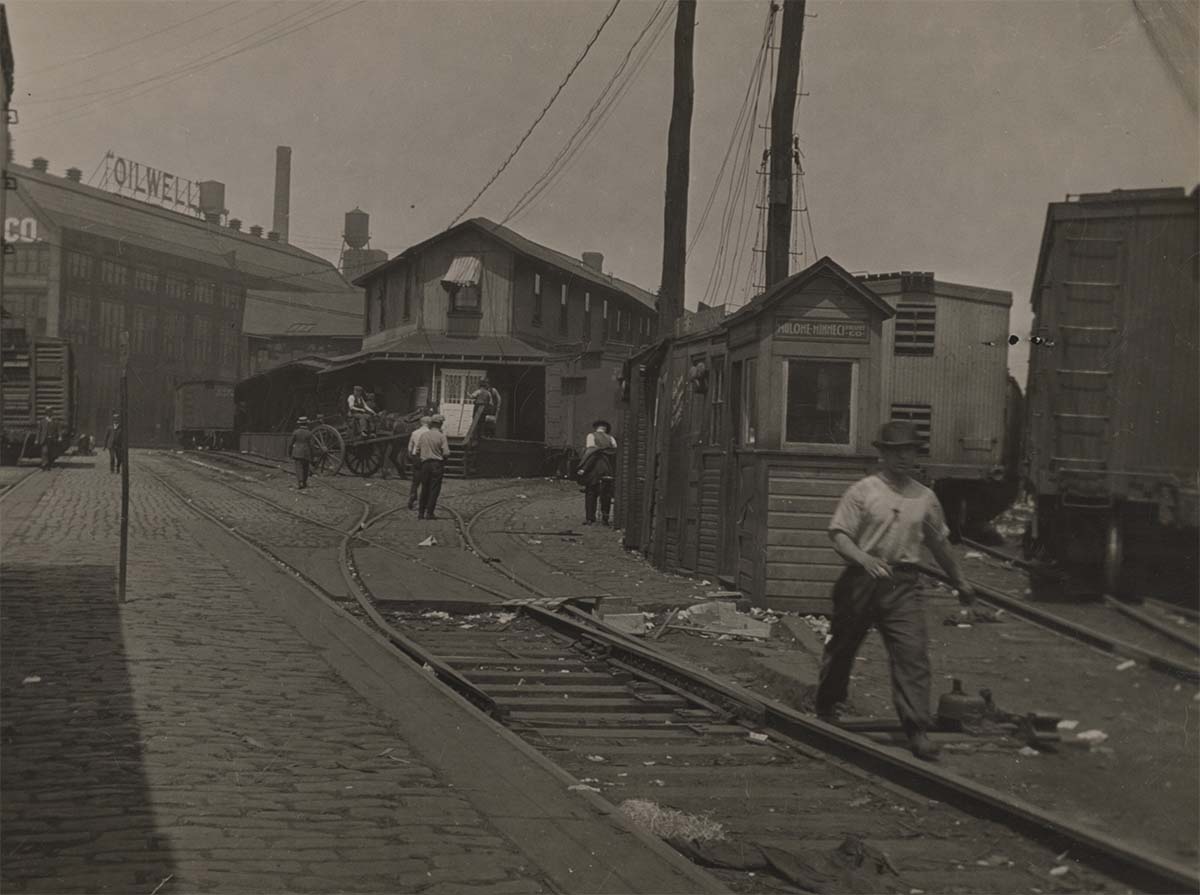
The Strip is Wholesale
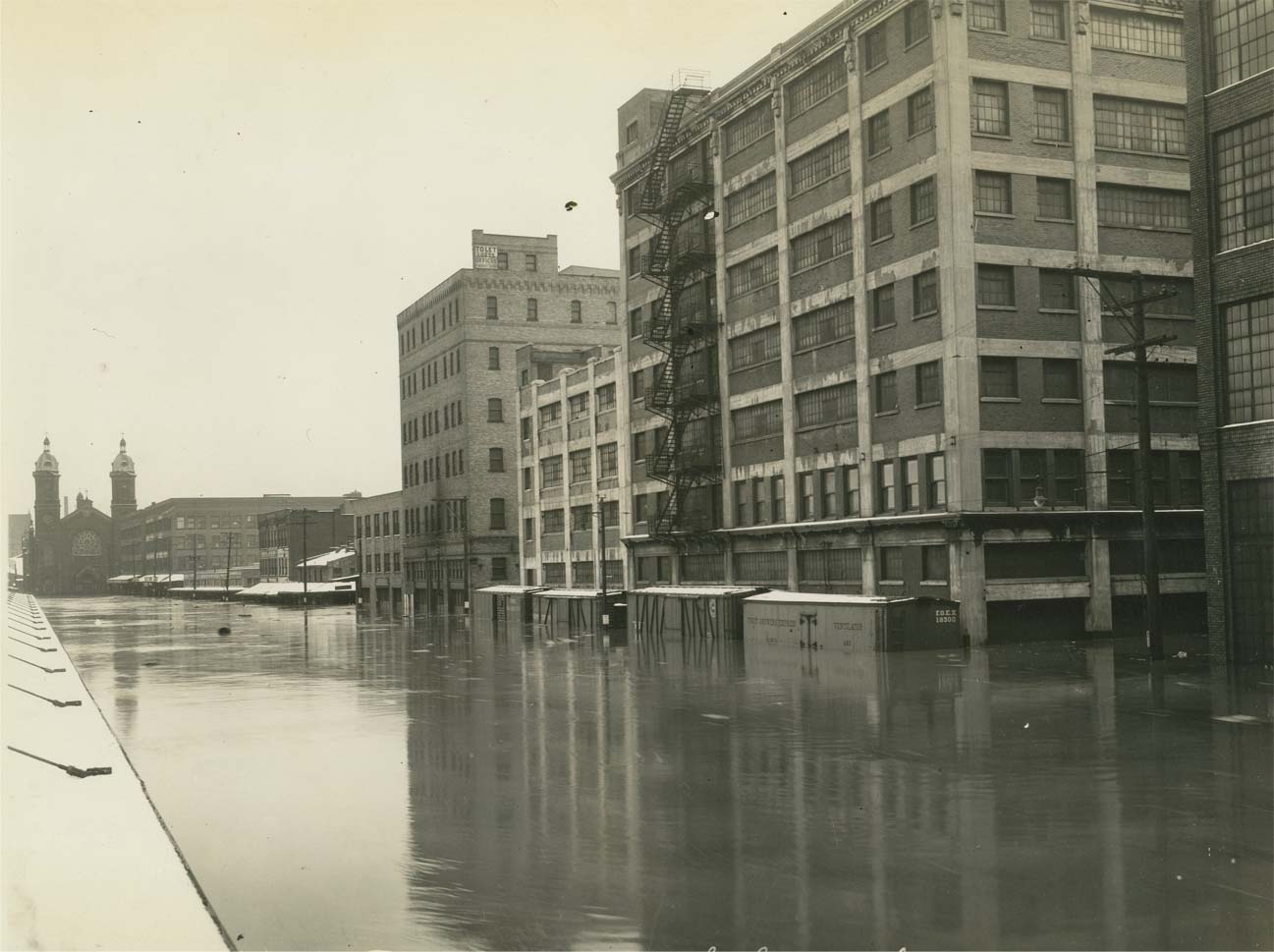
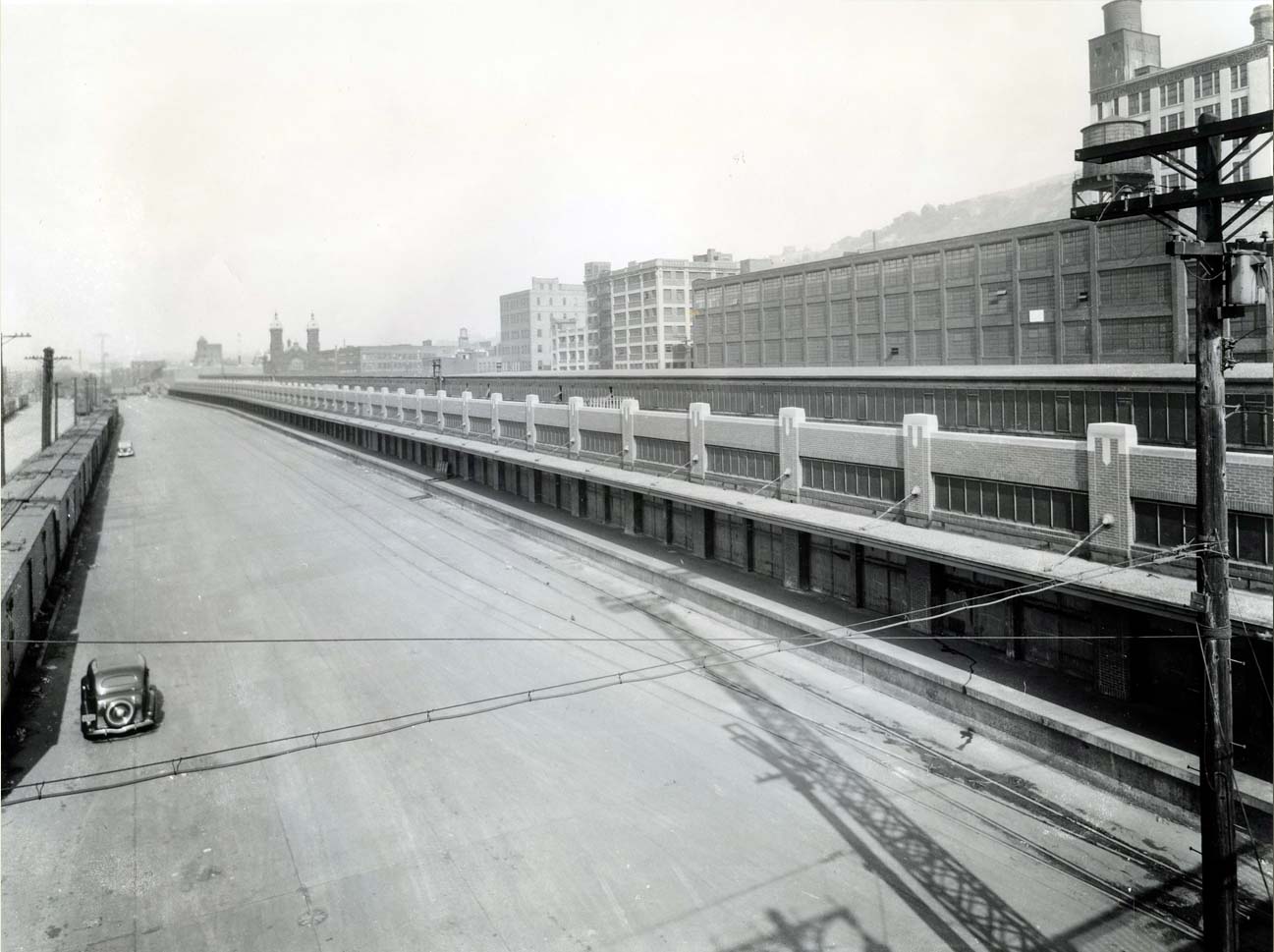
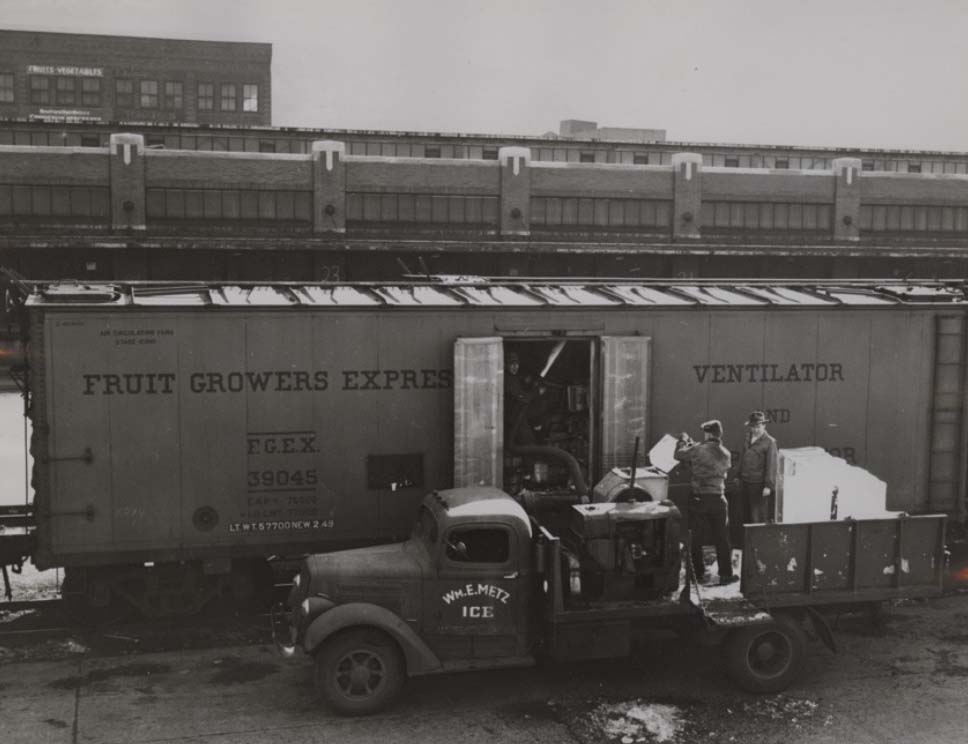
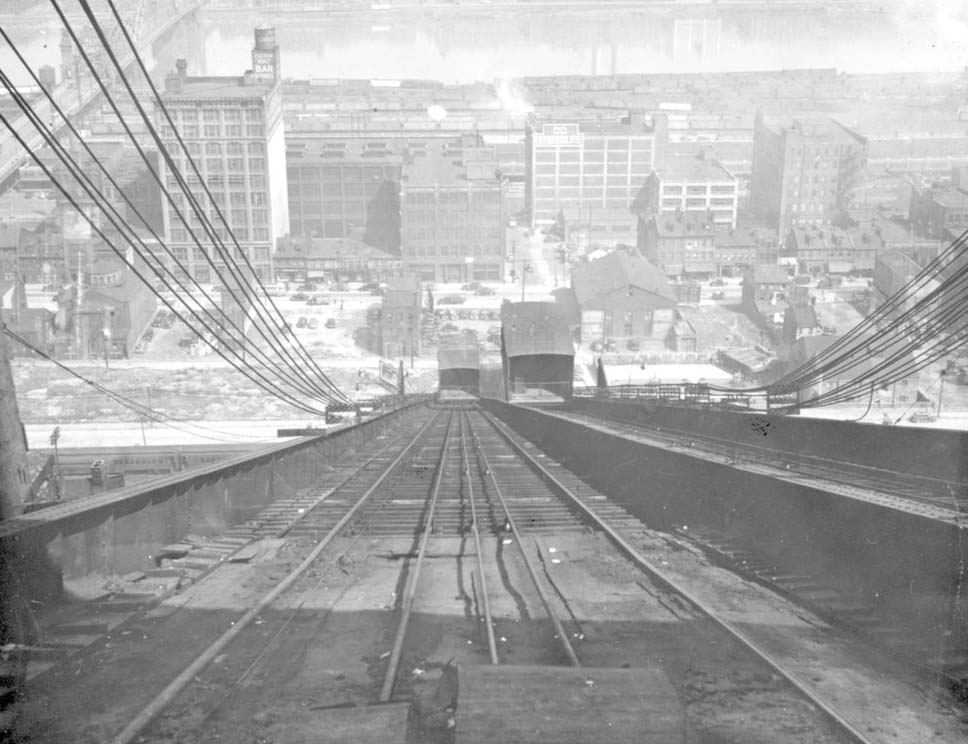
An International Destination
By the 1990s, dozens of retail shops opened on Penn Avenue and Smallman Street, providing a rich array of produce, ethnic foods, and restaurants.
In 1996, the Senator John Heinz History Center, an affiliate of the Smithsonian Institution, opened at 1212 Smallman Street, making the Strip District home to the largest history museum in Pennsylvania.
During the past 20 years, the Strip District has experienced a cultural renaissance and transformed itself into both an international tourist destination and a desired residential neighborhood. The Strip District is home to merchants selling products from locally and around the globe.
Shops such as Wholey’s Fish Market, Pennsylvania Macaroni Co., and the original Primanti Brothers maintain the neighborhood’s historic charm and delight local and out-of-town visitors looking for an authentic taste of Pittsburgh.
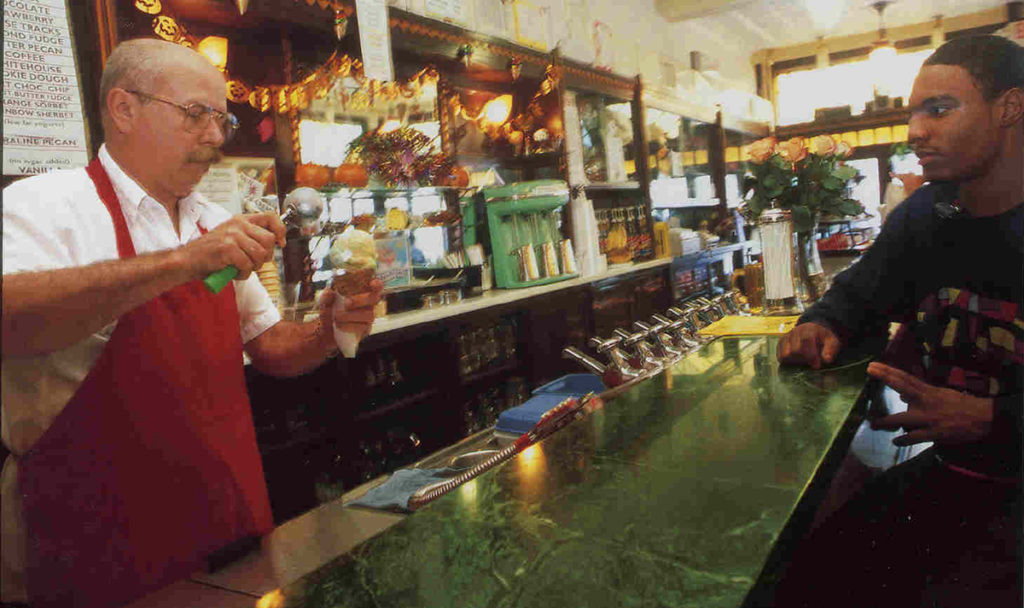
Historical information and images provided by the Heinz History Center. For more information, visit heinzhistorycenter.org.
